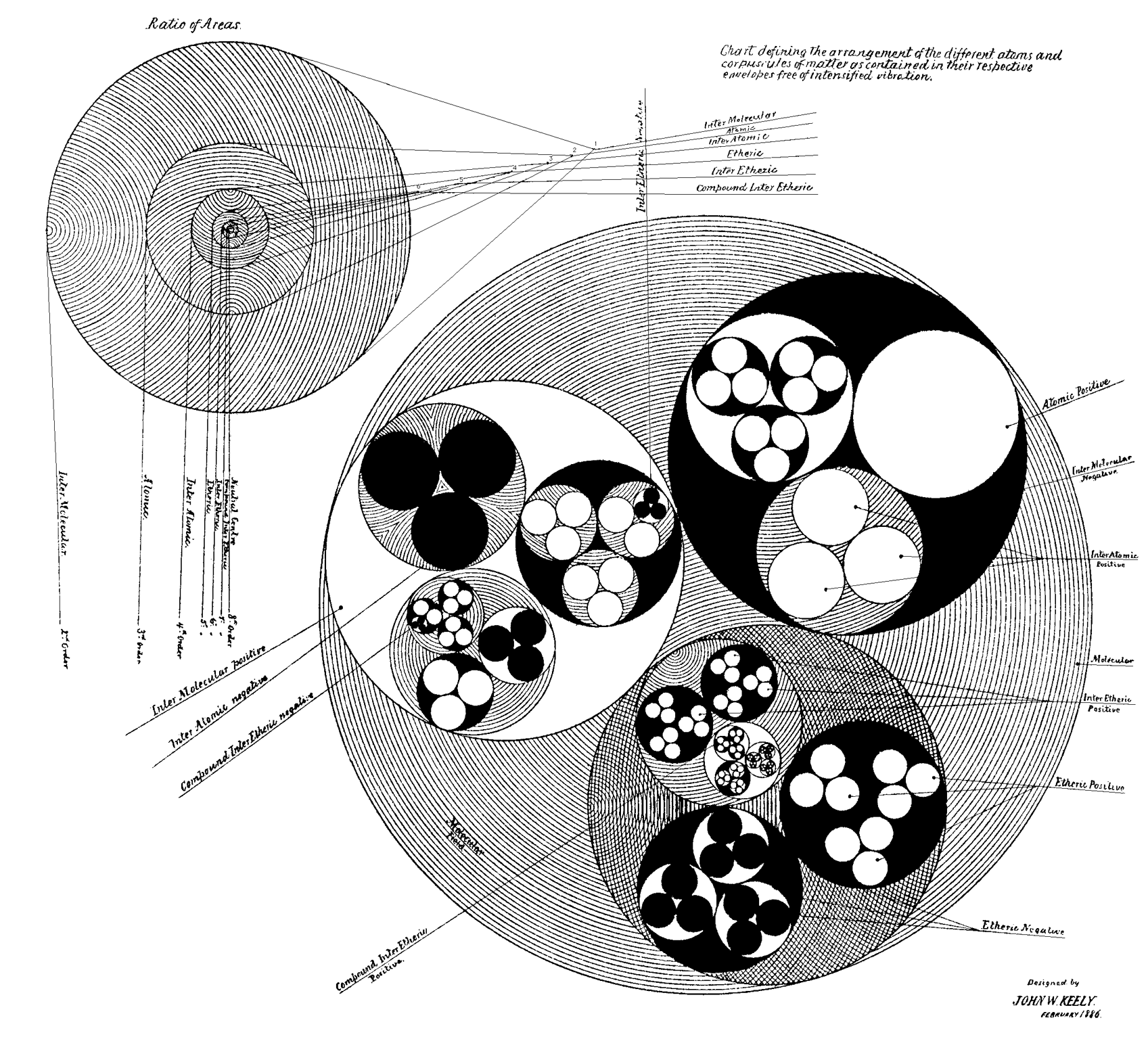
Ionic Recombination
Now, the fascinating aspect of all this is that synthesis of the higher elements is rather hard, owing to the non-existence of stable elements with atomic weights A = 5 or A = 8. This makes it hard to build up heavy nuclei by collisions of 1H, 2D, 3He and 4He nuclei. The only reason that heavier elements are produced at all is the reaction
3 4He -> 12C (3.98)
A three-body process like this will only proceed at a reasonable rate if the cross-section for the process is resonant: i.e. if there is an excited energy level of the carbon nucleus that matches the typical energy of three alpha particles in a stellar interior. The lack of such a level would lead to negligible production of heavy elements - and no carbon-based life. Using these arguments, Hoyle made a breathtaking leap of the imagination to predict that carbon would display such a resonance, which was duly found to be the case (Hoyle et al. 1953). Three Body Recombination
See Also
Atomic Triplet
Efimov state
Figure 1.9 - Keelys Molecular Morphology
Figure 4.12 - Keelys Formative Structural Dynamic Morphology
Figure 4.14 - Feynmans Triplet Structures of the Proton and Neutron
Figure 7.6 - Keelys Triune Morphology
Figure 7.7 - Keelys Morphology - Infinite Subdivision of Matter
Quark-Gluon Plasma
Resonantly Interacting Particles can form weakly bound Trimer States very important paper
Subdivision
Table 15.02 - Triune Polar Streams
triune polar flows
Triune States of Matter and Energy
